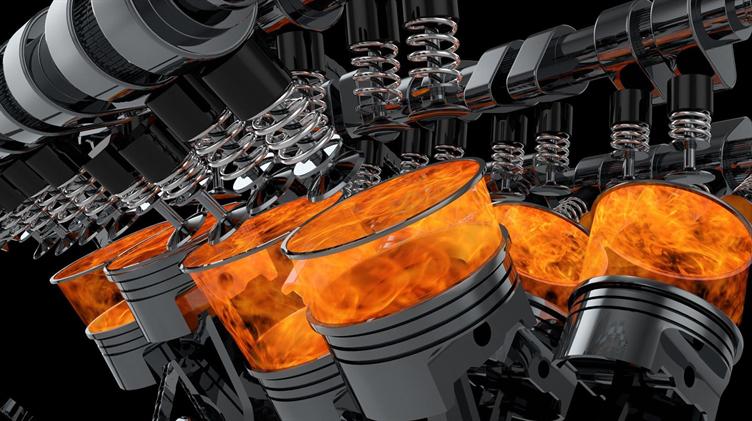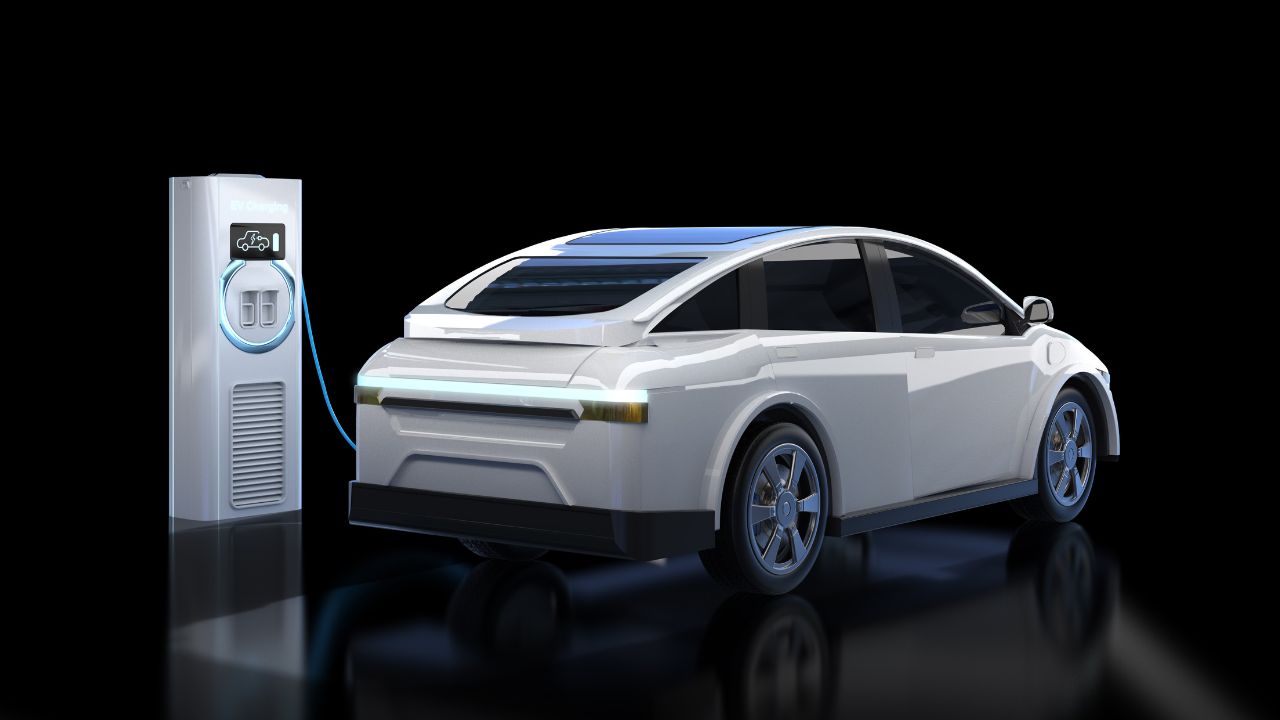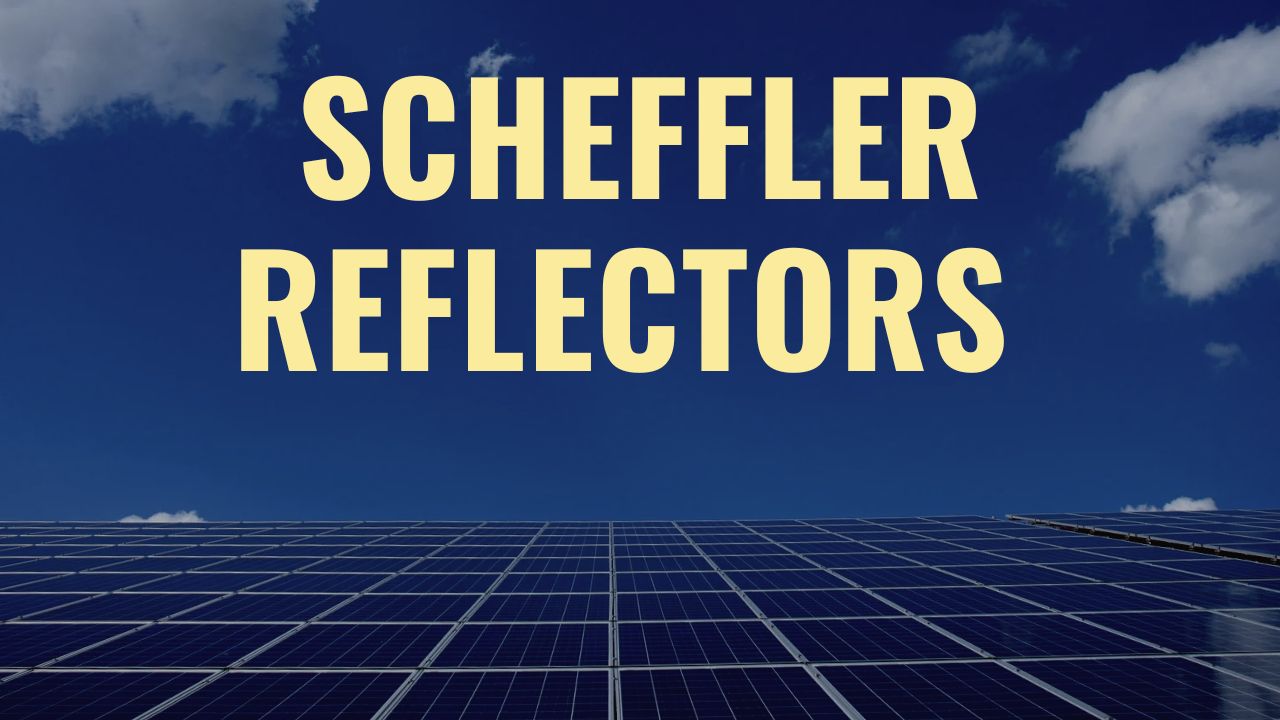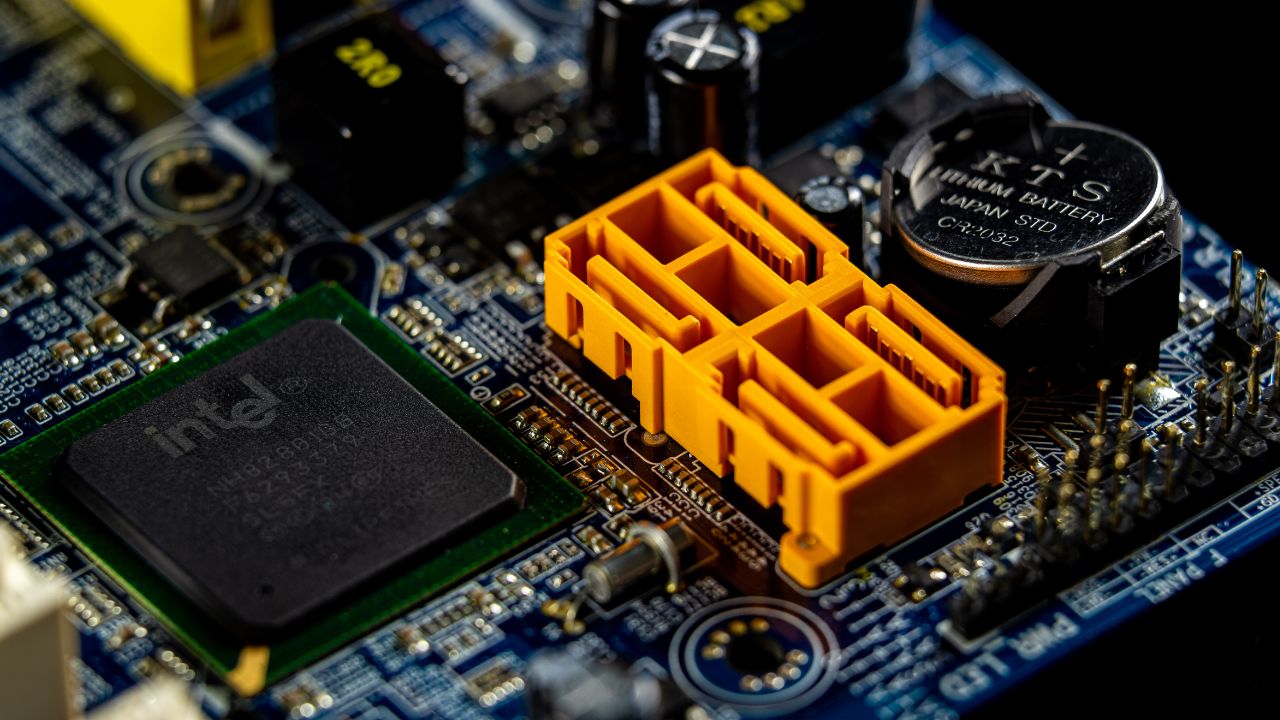The massive majority of cars (passenger vehicles and business vehicles) which are bought these days are geared up with internal combustion engines.

Internal Combustion Engine I Source:https://insights.globalspec.com/article/16001/where-does-the-internal-combustion-engine-go-from-here
In this text, I am going to describe how a four-stroke internal combustion engine works.
An internal combustion engine is classified as a warm engine. It’s called internal due to the fact the combustion of the air-fuel mixture occurs in the engine, in a combustion chamber, and a number of the burned gases are part of the brand-new combustion cycle.
Essentially, an internal combustion engine transforms the thermal power of the burning air-gasoline mixture into mechanical energy.
Its miles are referred to as 4 strokes as it takes 4 strokes for the piston to execute a complete combustion cycle.
The whole name for an engine that powers a passenger car is a four-stroke piston internal combustion engine, abbreviated ICE (Internal Combustion Engine).
Now allows examination which might be the principle component of an ICE.
1. Exhaust camshaft
2. Exhaust valve bucket
3. Spark plug
4. Intake valve bucket
5. Consumption camshaft
6. Exhaust valve
7. Consumption valve
8. Cylinder head
9. Piston
10. Piston pin
11. Connecting rod
12. Engine block
13. Crankshaft
The cylinder head (8) typically consists of the camshaft(s), valves, valve buckets, valve go-back springs, spark/glow plugs, and injectors (for direct injection engines). Thru the cylinder head flows the cooling liquid of the engine.
Inside the engine block (12) we are able to discover the piston, connecting rod, and crankshaft. As for the cylinder head, the engine block flows coolant to assist manipulate the temperature of the engine.
The piston movements in the cylinder from BDC to TDC. The combustion chamber is the volume created among the piston, cylinder head, and engine block while the piston is close to TDC.
We will study the entire set of mechanical additives of ice. Some of the additives are fixed (e.g. Cylinder head, cylinder block) and a number of them are transferring.
Inside the parent under we’ll have an observe the main transferring a part of the ice, which transforms the fuel strain within the cylinder into mechanical power.
1. Camshaft sprocket
2. Piston
3. Crankshaft
4. Connecting rod
5. Valve
6. Valve bucket
7. Camshaft
The rotation of the camshaft is synchronized with the rotation of the crankshaft via a toothed belt or chain. The placement of the consumption and exhaust valves needs to be precisely synchronized with the placement of the piston, to allow the combustion cycles to take location consequently.
A complete engine cycle for 4-stroke ICE has the following phases (strokes):
1. Intake
2. Compression
3. Power (enlargement)
4. Exhaust
A stroke is the motion of the piston among the two useless centers (backside and pinnacle).
Now, that we understand which might be the additives of ICE, we will have a look at what’s happening in each stroke of the engine cycle. In the table under you’ll see the placement of the piston at the start of every stroke and the details regarding the occasions that take area in the cylinder.
Stroke 1 – Consumption
At the beginning of the consumption stroke the piston is near TDC. The intake valve is opened, and the piston starts off evolving to move closer to the BDC. Air (or air-gasoline mixture) is drawn into the cylinder. This stroke is called intake because fresh air/aggregate is taken into the engine. The intake stroke ends while the piston is at the BDC.
At some point during the consumption stroke, the engine consumes strength (the crankshaft is rotating because of the inertia of the components).
Stroke 2 – Compression
The compression stroke starts with the piston at BDC, after the intake stroke is finished. During the compression stroke both valves, consumption, and exhaust, are closed, and the pistons move closer to TDC. With each valve closed, the air/mixture is compressed, accomplishing maximum pressure whilst the piston is near TDC.
Earlier than the piston reaches the TDC (but very near it), at some stage in the compression stroke:
• For gas engine: the spark is generated
• For diesel engines: gasoline is injected
For the duration of the compression stroke, the engine consumes electricity (the crankshaft is rotating because of the inertia of the components), greater than the consumption stroke.
Stroke 3 – Power
The energy stroke begins with the piston at TDC. Each valve, consumption, and exhaust, are nonetheless closed. The air-gas combination combustion started out at the top of the compression stroke, which causes a significant increase of pressure within the cylinder. The pressure within the cylinder pushes the piston down, closer to the BDC.
Most effective throughout the strength stroke the engine produces energy.
Stroke 4 – Exhaust
The exhaust stroke starts with the piston at the BDC after the energy stroke is finished. In the course of this stroke, the exhaust valve is open. The movement of the piston from the BDC towards the TDC pushes most of the exhaust gases out of the cylinder, into the exhaust pipes.
At some point in the exhaust stroke, the engine consumes power (the crankshaft is rotating because of the inertia of the additives).
As you may see, with the purpose to have a whole combustion (engine) cycle the piston has to carry out four strokes. This means that one engine cycle takes entire rotations of the crankshaft (720°).
The most effective stroke which produces torque (power) is the electricity stroke, all the others are eating power.
The linear motion of the piston is transformed into the rotational motion of the crankshaft thru the connecting rod.
Improving combustion engines
Over the past years, research and development have helped manufacturers reduce ice emissions of criteria pollutants, along with nitrogen oxides (Nox) and particulate depend (pm) with the aid of more than 99% to conform with EPA emissions requirements
. Research has also led to enhancements in ice overall performance (horsepower and 0-60 mph acceleration time) and performance, assisting producers to hold or grow fuel economy.
Advantages of internal combustion engines
1. Length of the engine could be very less in comparison to outside combustion engines
2. Energy to weight ratio is high
3. Very suitable for small strength requirement packages
4. Commonly more portable than their counterpart outside combustion engines
5. More secure to perform
6. Starting time may be very less
7. High efficiency than outside combustion engine
8. No possibility of leakage of running fluids
9. Calls for less preservation
10. Lubricant consumption is less in comparison to external combustion engines
11. In the case of reciprocating inner combustion typical operating temperature is low due to the fact peak temperature is reached for only a small period of time (best at detonation of fuel).
Risks of internal combustion engines
1. Variety of fuels that can be used is limited to very first-rate great gaseous and liquid fuel
2. Gasoline used could be very steeply-priced like gasoline or diesel
3. Engine emissions are usually excessive as compared to the external combustion engine
4. Now not appropriate for huge-scale power era
5. In the case of reciprocating inner combustion noise is generated due to the detonation of fuel
Sorts and packages of internal combustion engines
1. Fuel engines: they’re used for car, marine, and plane purposes.
2. Gasoline engines: they’re used for commercial strength purposes
3. Diesel engines: they may be used for cars, railways, energy, and marine functions.
4. Fuel turbines: they’re used for power, plane, industrial, and marine functions.
Way forward
Internal combustion engines are a number of the maximum vital engineering packages. The idea of software relies upon diesel or Otto cycles.
They are labeled both in steps with the operating cycle or due to the mechanism of operating.
Every sort of engine has some advantages over the other one. Thus, the selection of the proper engine requires figuring out the situations of utility.
The knowledge of ICE engines is essential for everyone to utilize in their personal life.










